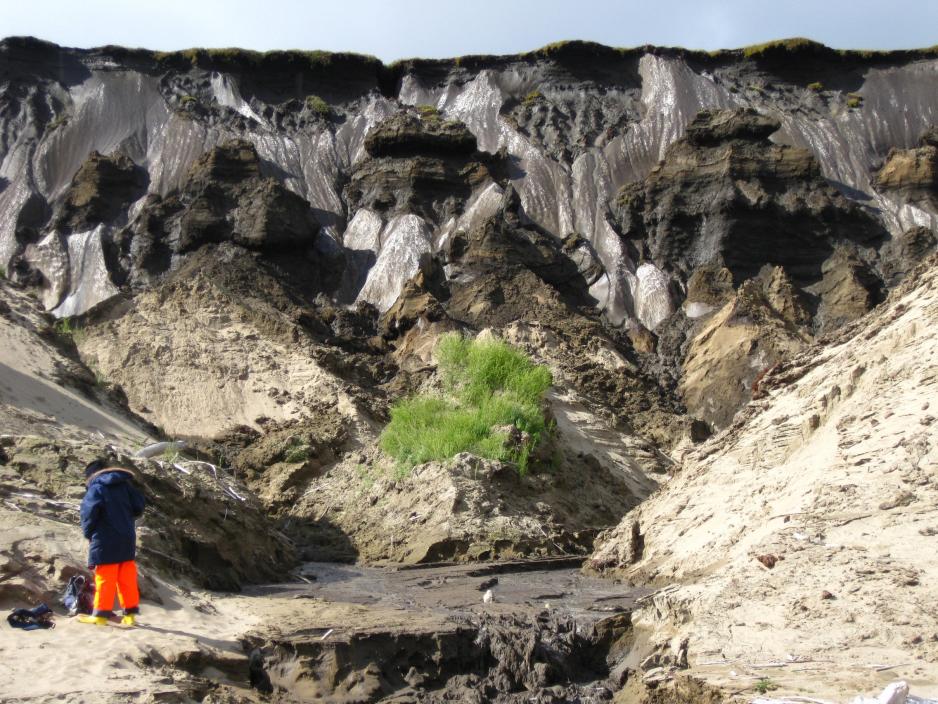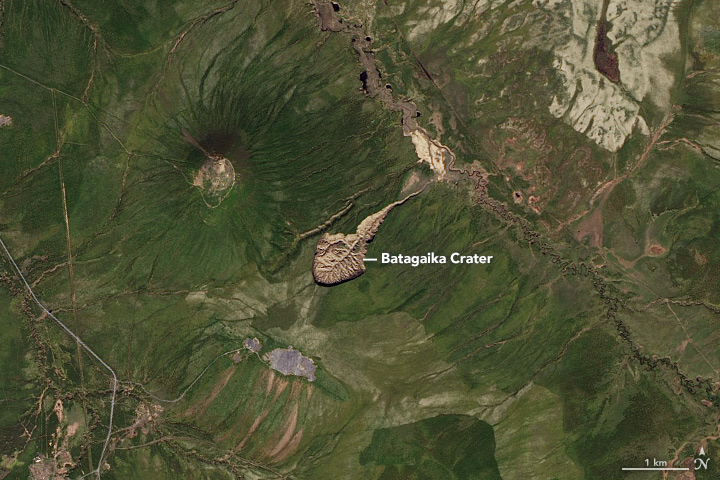Scientists find the oldest permafrost yet discovered in Siberia
The layer, at a depth of about 50 meters, was some 650,000 years old.

An international team of researchers has found the oldest known permafrost in Siberia. The permafrost layer, located near the eastern Siberian village of Batagay, has been frozen in a depth of about 50 meters for the past 650,000 years — the oldest yet recorded.
The team, which included German, Russian and English researchers and was led by Julian Murton from the University of Sussex.
Thomas Opel from the Alfred Wegener Institute, Helmholtz Centre for Polar and Marine Research in Potsdam, told The Polar journal that the finding is relevant because it shows that, even during warmer periods, permafrost doesn’t necessarily have to thaw entirely.
For example, the permafrost in Batagay apparently survived a particularly warm phase roughly 130,000 years ago, when it was four to five degrees Celsius warmer in the Arctic summer than today.
Permafrost is defined as ground (soil or rock and included ice or organic material) that remains at or below 0 degrees Celsius for at least two consecutive years.
When permafrost thaws, it activates bacteria that begin breaking down the ancient biomass and, through their metabolic processes, release the climate-relevant gases carbon dioxide and methane; the more intensive the thawing, the more gas is released. With regard to ongoing climate change, experts fear that this aspect could worsen the greenhouse effect.

The situation near Batagay demonstrates how sensitive permafrost is to anthropogenic disturbances. The 650,000-year-old permafrost is located on a hillslope at a depth of about 50 metres, where the temperature remains stable at minus 10 degrees C. But, from the 1940s to the 1960s, the slope was partly cleared, and used by heavy tracked vehicles as a road to reach a nearby mine.
In the process, it lost its protective and insulating plant cover. As a result, the younger permafrost began thawing near the surface in summer, until the ground finally began sliding away, uncovering the older permafrost. For years, meltwater has transported the thawed material downhill, forming a large crater, known as the Batagaika Crater.
Once the damage is done, it’s irreparable, because the exposed permafrost thaws even more with every summer. Over the past 50 years, the ‘megaslump’ has grown to a width of about 900 meters.